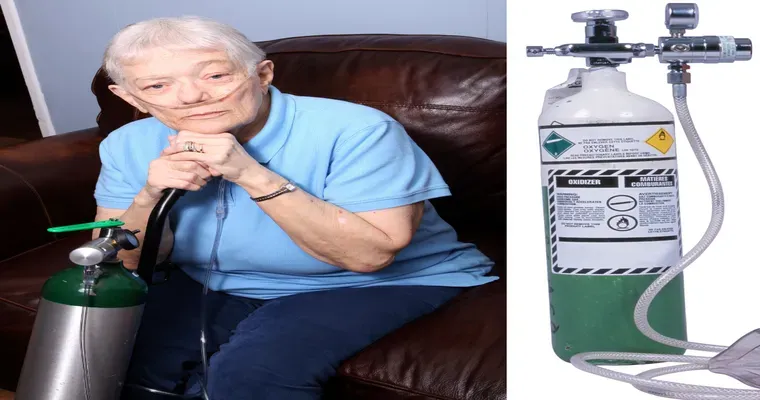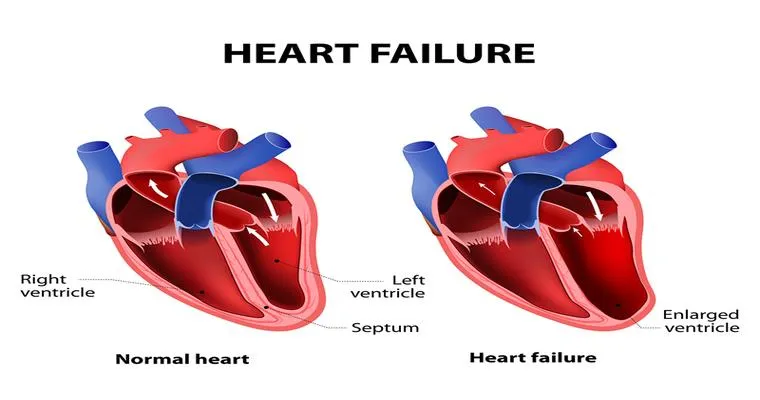As we age, many seniors may experience "respiratory issues", including chronic obstructive pulmonary disease (COPD), pneumonia, or other conditions that affect lung function. This is where "oxygen therapy" becomes essential. Oxygen therapy is a medical treatment that provides additional oxygen to individuals who do not receive enough through normal breathing. This article serves as a comprehensive guide to understanding oxygen therapy, its benefits, types, and considerations for seniors.
What is Oxygen Therapy?
Oxygen therapy involves the administration of oxygen at concentrations higher than those found in ambient air. This therapy is crucial for seniors suffering from conditions that impair their ability to breathe effectively. By increasing the oxygen levels in the blood, oxygen therapy helps improve overall health, "enhance energy levels", and increase the quality of life.
Benefits of Oxygen Therapy for Seniors
1. "Improved Breathing": Oxygen therapy can help alleviate symptoms of shortness of breath, making it easier for seniors to engage in daily activities.
2. "Enhanced Quality of Life": With better oxygenation, seniors often experience increased stamina and overall well-being, allowing them to enjoy life more fully.
3. "Better Sleep": Proper oxygen levels can improve sleep quality, helping seniors feel more rested and active during the day.
4. "Prevention of Complications": For seniors with chronic respiratory issues, oxygen therapy can prevent complications and hospitalizations related to low oxygen levels.
Types of Oxygen Therapy
Oxygen therapy can be administered in various ways, depending on the individual needs of the senior:
1. "Nasal Cannula": This is a lightweight tube that fits into the nostrils and delivers oxygen directly to the lungs. It is commonly used for patients who require low levels of oxygen.
2. "Oxygen Masks": These masks cover the nose and mouth and are used for patients who require higher concentrations of oxygen.
3. "Portable Oxygen Concentrators": These devices are compact and allow seniors to receive oxygen therapy on the go. They are ideal for active seniors who want to maintain their mobility.
4. "Home Oxygen Systems": For seniors who need long-term oxygen therapy, home systems can provide a continuous supply of oxygen, enhancing their comfort and independence.
Considerations for Seniors
When considering oxygen therapy for seniors, it is essential to consult with a healthcare professional to determine the appropriate dosage and delivery method. Here are some key considerations:
"Regular Monitoring": Seniors on oxygen therapy should have regular check-ups to monitor their oxygen levels and adjust treatment as necessary.
"Education on Usage": It is crucial for seniors and their caregivers to understand how to properly use oxygen equipment to ensure safety and effectiveness.
"Lifestyle Adjustments": Seniors may need to make certain lifestyle changes, such as avoiding smoking or being cautious around open flames, as oxygen is highly flammable.
"Cost and Insurance Coverage": Understanding the costs associated with oxygen therapy and what is covered by insurance can help seniors and their families plan accordingly.
Conclusion
Oxygen therapy can significantly enhance the quality of life for seniors facing respiratory challenges. By understanding the benefits, types, and considerations of oxygen therapy, families can make informed decisions to support their loved ones. In a world where maintaining independence and health is paramount, oxygen therapy offers a valuable solution for many seniors, helping them breathe easier and live better. If you believe that oxygen therapy may be beneficial for you or a senior in your care, consult with a medical professional to explore the options available.





